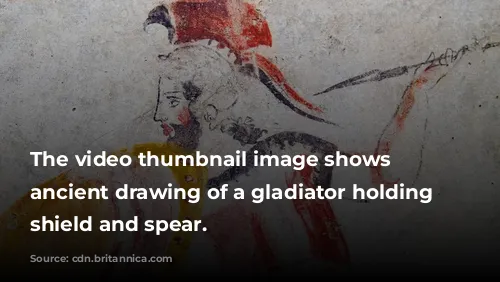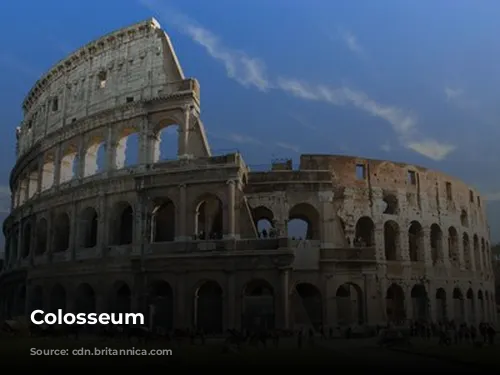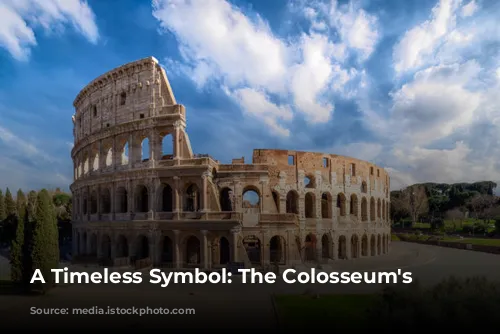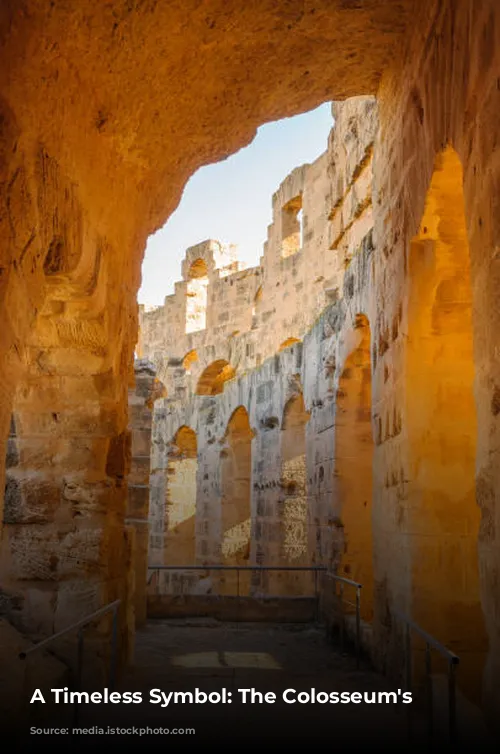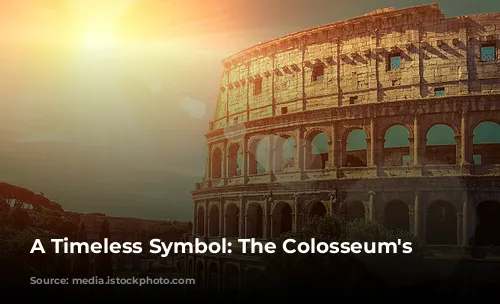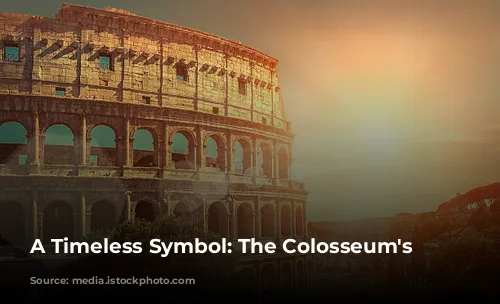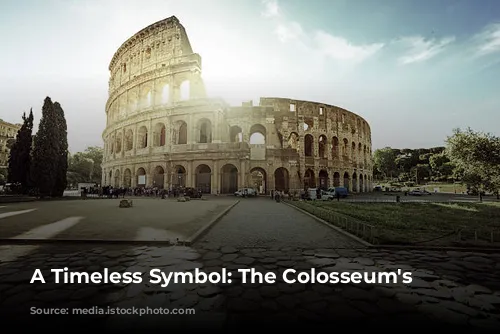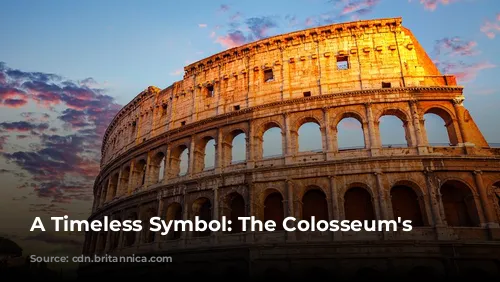The Colosseum, a magnificent testament to the architectural and engineering brilliance of ancient Rome, stands today as one of the few largely intact structures from that era. This iconic monument not only captivates visitors with its grandeur but also serves as a crucial source of income for the Italian government. In 2018 alone, the Colosseum, alongside the Roman Forum and Palatine Hill, generated over $63.3 million (€53.8 million), making it Italy’s top tourist attraction.
The Colosseum’s journey has been marked by both glory and hardship. After the fall of the Western Roman Empire, the once-grand arena fell into significant disrepair. In the 12th century, powerful Roman families, the Frangipane and Annibaldi, transformed the Colosseum into their fortress. Sadly, the Colosseum’s decline continued in the late 15th century when Pope Alexander VI permitted its use as a quarry. This period of neglect lasted for over a thousand years until state-funded restoration efforts commenced in the 1990s.
The Colosseum’s origins lie in the tumultuous year of the four emperors (69 CE), a time when Rome sought to restore its stability. Emperor Vespasian, driven by a desire to revitalize the city, envisioned the Colosseum as a grand entertainment venue, similar to other Roman amphitheaters. Its purpose was to captivate the masses with spectacular events, including thrilling gladiator contests, animal hunts, and even mock naval battles.
Construction of the Colosseum began under Vespasian’s rule, between 70 and 72 CE. His son and successor, Titus, dedicated the completed structure in 80 CE. The Colosseum’s fourth story was later added by Emperor Domitian in 82 CE. It’s important to note that the Colosseum’s construction was financed by the spoils of war, the plunder obtained by Titus from his conquest of Jerusalem in 70 CE. Sadly, the labor force for this project was composed of enslaved Jews from Judaea.
A Colossal Structure: Engineering Marvels and Spectatorial Thrills
The Colosseum, also known as the Flavian Amphitheatre, stands as a marvel of engineering and architectural prowess. This elliptical structure, built using stone, concrete, and tuff, rises to a height of four stories. Its impressive dimensions, measuring 620 by 513 feet (189 by 156 meters), could accommodate a staggering 50,000 spectators. The Colosseum gained worldwide renown for its gladiatorial combat, spectacles that drew huge crowds from all corners of the Roman Empire.
The Colosseum’s construction was carefully planned, located just east of the Palatine Hill, on the site of Nero’s Golden House. To make way for the amphitheater, the artificial lake that once adorned Nero’s lavish palace was drained. This symbolic gesture represented Vespasian’s intention to replace the tyrannical emperor’s private indulgence with a public space that would bring together tens of thousands of Romans.
The Colosseum’s construction involved innovative techniques. Unlike earlier amphitheaters, which were often built into hillsides for support, the Colosseum stands as a freestanding structure. Its intricate system of barrel vaults and groin vaults, along with the use of stone and concrete, allowed it to reach its impressive size. The Colosseum’s facade, adorned with engaged columns in the Doric, Ionic, and Corinthian orders, showcases the architectural principles that influenced later architectural movements like the Renaissance. The construction materials included travertine for the main structure and facade, volcanic tufa for secondary walls, and concrete for the inner bowl and arcade vaults.
The Colosseum provided a unique experience for its spectators. Its seating capacity, reaching 50,000, was carefully designed to ensure a clear view of the arena. To shield the audience from the sun’s rays, a massive retractable awning, known as a velarium, was employed. The velarium was supported by masts extending from corbels built into the Colosseum’s top story, requiring hundreds of Roman sailors to operate its intricate rigging system. The Colosseum witnessed thousands of gladiatorial battles, animal hunts, and even mock naval engagements, making it a true center of entertainment for ancient Rome. However, the validity of claims that the Colosseum was the site of early Christian martyrdoms remains uncertain.
From Glory to Neglect and Rebirth
The Colosseum’s journey through time has been marked by periods of both grandeur and decline. During the Middle Ages, it served as a church, later transformed into a fortress by the Frangipane and Annibaldi families. Over time, the Colosseum suffered from the ravages of lightning, earthquakes, vandalism, and pollution. The once-grand marble seats and decorative elements were stripped away, transforming the Colosseum into little more than a quarry. This period of neglect spanned over a thousand years.
However, in the 19th century, preservation efforts began in earnest. Notable contributions were made by Pope Pius VIII, followed by a major restoration project undertaken in the 1990s. Today, the Colosseum stands as one of Rome’s most significant tourist attractions, welcoming millions of visitors annually. The Colosseum continues to play a crucial role in preserving the legacy of ancient Rome, showcasing its culture and history through regularly changing exhibitions.
The Colosseum’s legacy extends far beyond its historical significance. This magnificent structure serves as a reminder of the immense achievements of ancient Roman civilization, captivating visitors with its architectural grandeur and its enduring presence as a testament to the enduring spirit of Rome.

